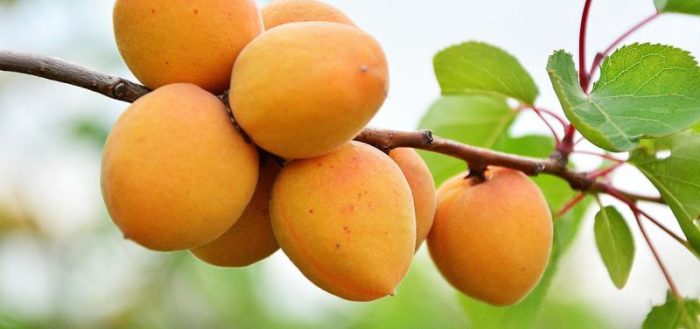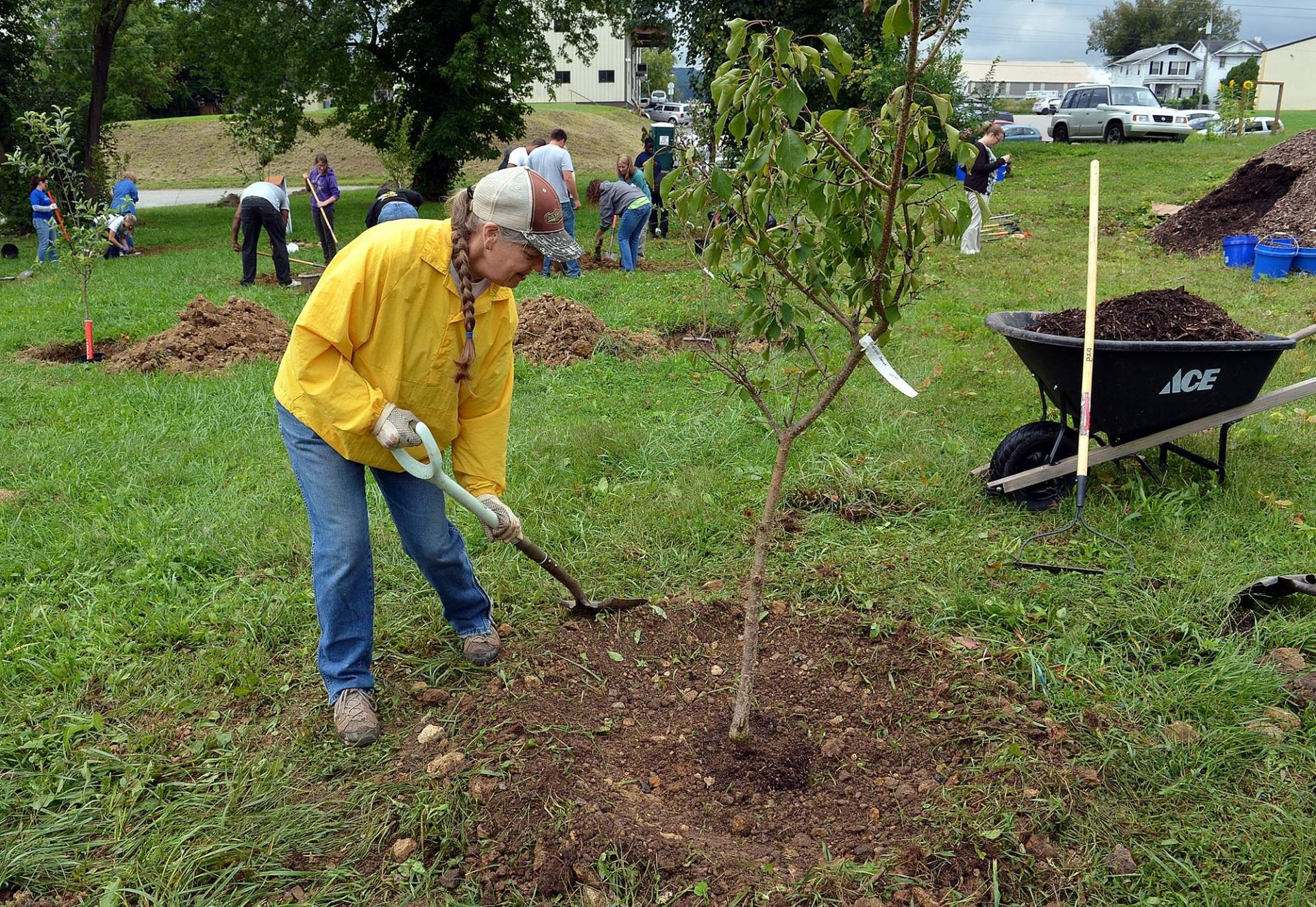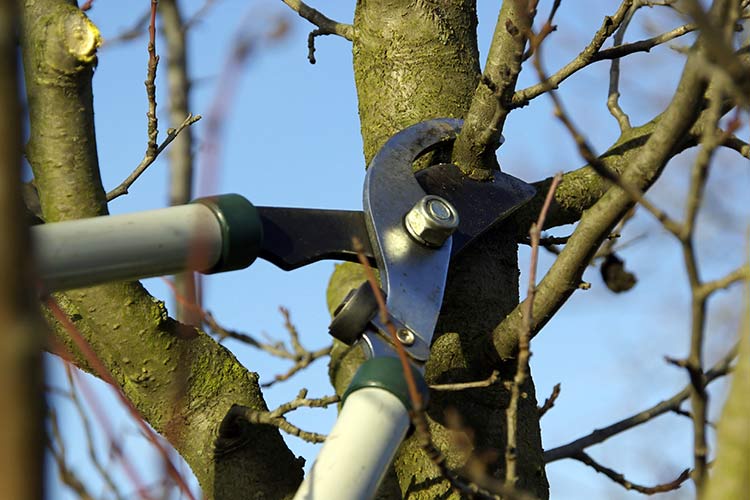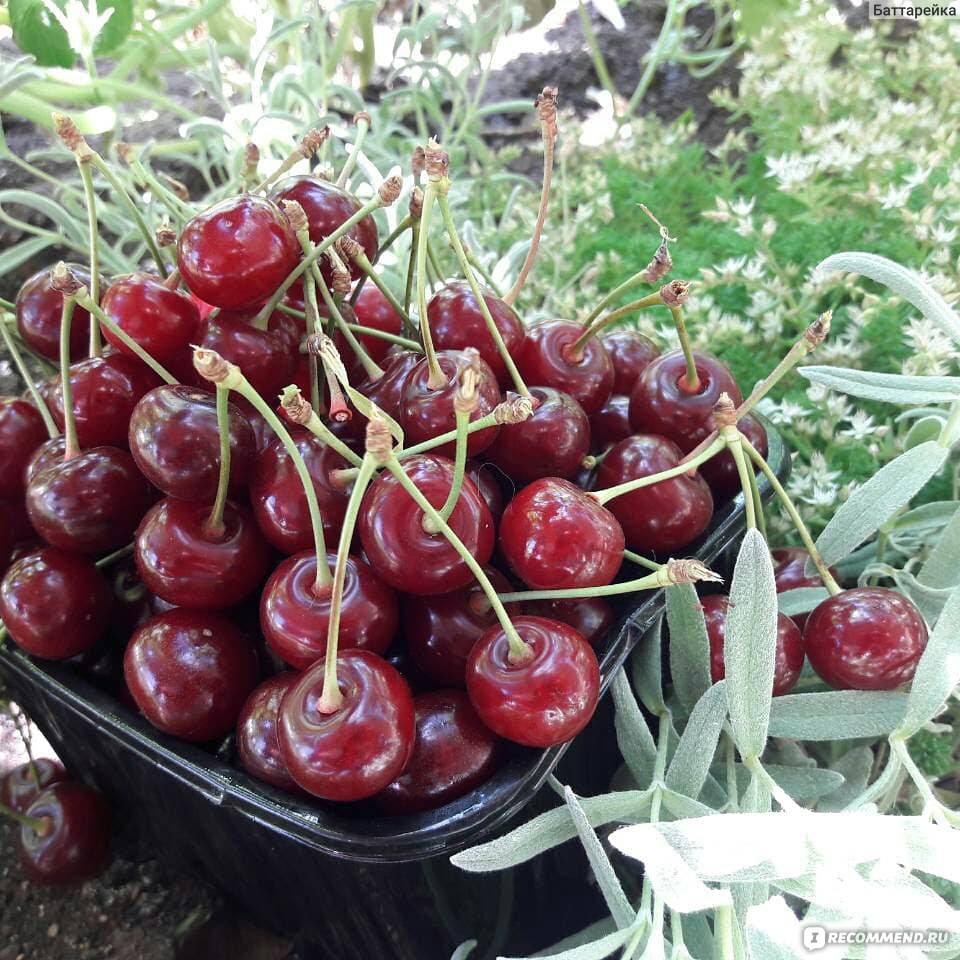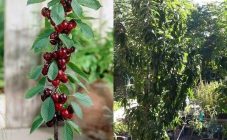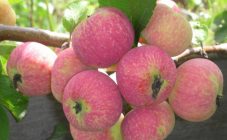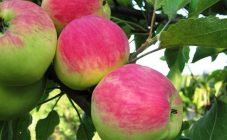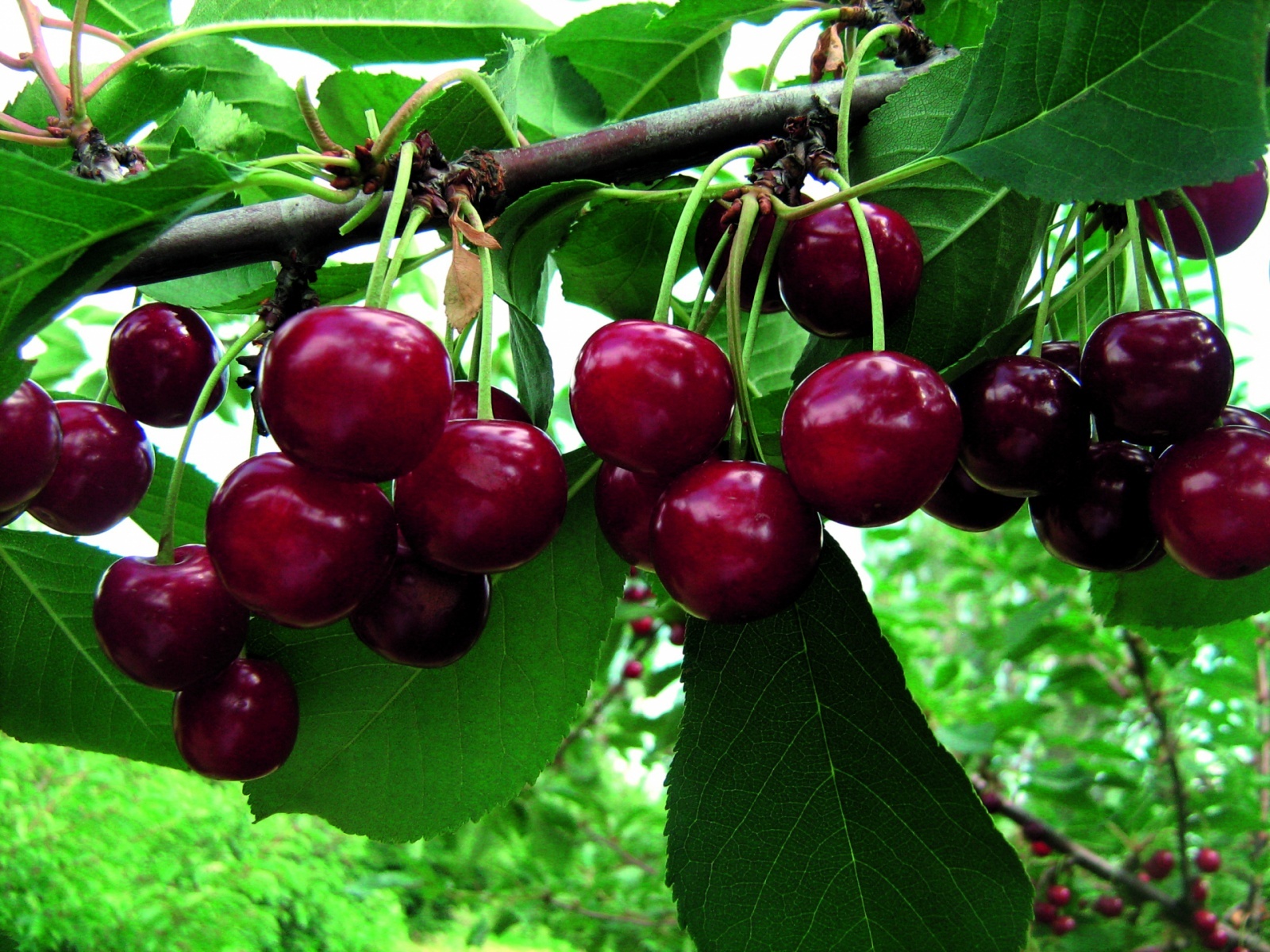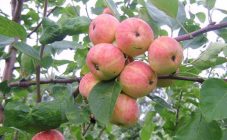Content:
Apricot is a heat-loving southern crop. In the Central zone of Russia, she settled relatively recently, thanks to the efforts of breeders. Today, gardeners harvest this sweet, aromatic fruit in a variety of climates. An apricot variety with a telling name - Tsarskiy, is perfect for the middle lane.
Features of the variety
Description of the Tsarsky apricot variety begins in the 80s. Only in 2004, it was introduced into the State Register and has already gained popularity among amateur gardeners of the Moscow region and the surrounding regions. Its creators - A. Skvortsov and L. Kramarenko, breeders of the Main Botanical Garden of the Russian Academy of Sciences, have put a lot of effort into breeding this outstanding variety.
This variety has sufficient frost resistance - a healthy strong plant can withstand air temperature up to -40 degrees without loss. The tree is medium branched, up to 4 meters high, with a rounded crown. Blooms in late spring, profusely, with large white flowers. The plant is self-fertile, no pollinator is required. The seedling begins to bear fruit in the third year after planting. The variety is early maturing, gives an average but stable yield.
The fruits are not too large - on average 20 g, oval, pubescent, dense, thick skin, sometimes a pink blush is observed. The pulp is tender, juicy, orange in color, sweet and sour taste, with a rich apricot aroma. The stone is small, easily separated from the pulp. Transportability and keeping quality of fruits are high.
Agrotechnics
Diseases and pests
Thanks to its good innate immunity, the variety is not susceptible to many diseases. However, it still requires care. To prevent the appearance of fungal formations, before flowering, you need to treat the tree with "Horus", diluting 3 g of the product in 10 liters of water. The drug can be replaced with a solution of copper sulfate.
The most common pest is the plum aphid, which parasitizes on juicy young leaves and tops of green shoots. Less often, the apricot is damaged by the plum moth, black sawfly, spider mite. To protect the plant from wintering parasites and preserve the harvest, it is recommended to use the "Preparation No. 30" treatment. To destroy the larvae after flowering, you can use "Bi-58" or "Karbofos" (for 10 liters of water - 55 g). In addition, the following drugs are effective: Sumition, Zolon, Fozalon, Decis Profi.
Landing
Apricots are planted mainly in spring, when the soil has thawed to a sufficient depth, but the buds have not yet blossomed. If you have to plant a tree in the fall, this should be done before the onset of stable frosts, but not too early so that the buds do not grow.
For spring planting, the soil is prepared in the fall:
- The earth is first dug into 2 bayonets of a shovel, carefully breaking the clods;
- At the same time it is necessary to add humus and superphosphate, mix the resulting mixture thoroughly.If the soil is acidic, dolomite flour or lime is added, too clayey soil is slightly diluted with sand or peat;
- Next, a hole is dug with a depth and width of about 70 cm. Before planting, a peg is driven into the bottom of the hole, so as not to damage the roots later;
- The seedling is positioned so that the root collar is above ground level. If the plant is grafted, the grafting site should also be left in the air;
- Cover the roots with earth, slightly shaking the seedling so that no voids remain. Compact the soil, pour plenty of water (1-2 buckets);
- Mulch the trunk circle with peat, sawdust or humus;
- Tie the trunk to a peg so that the tree grows evenly and does not break with the wind.
You can try growing an apricot from a stone. In this case, the tree will be ideally adapted to the local climate. But it is impossible to guarantee that it will retain varietal characteristics. In half the cases, wild birds will grow from the seeds.
Pruning and care
Pruning is required so that enough sunlight enters the crown, on which the sweetness of the fruit depends. In addition, it can form a tree suitable for harvesting.
Depending on the purpose, pruning is divided into: shaping, regulating and rejuvenating.
- The formation of the crown of the tree can begin in the second year after planting. With a sharp knife or pruner, branches are cut that grow inside the crown or intersect. You need to leave 5-6 strong, healthy, successfully growing branches, which are shortened by a third or half for better branching;
- Supportive (regulating) pruning begins in the third year. During this period, thickening branches are removed, and too long shoots are shortened. However, it is impossible to get carried away much - unnecessary pruning can push back the beginning of fruiting. Shoots growing below half a meter above ground level must be removed without fail;
- Over time, the active growth of shoots stops, during this period, rejuvenating pruning is required. You can cut one or two old large branches that thicken the crown. Any dried or damaged branches are also removed.
Water the apricot tree abundantly, but rarely. If the spring is dry, in May you need to water the garden well once, then during the pouring of the fruits. In autumn, even if it seems that there is enough rain, it is advisable to carry out water-charging irrigation. It will ensure the survival of the tree even in a harsh winter, when the moisture dries up due to frost and the tree suffers not so much from the cold as from dehydration.
Advantages and disadvantages of the variety
Tsarsky apricot stands out among others with the following qualities:
- high winter hardiness - up to -40 degrees, it can be grown where southern varieties do not grow (for comparison, the Royal apricot can withstand only 20-degree frosts);
- self-fertility - it is quite possible to have only one tree of a given culture in the garden, this will not affect the yield in any way;
- compact low crown - this is convenient when leaving and harvesting;
- juiciness of fruits - when fully ripe, the fruits have a rich taste and aroma, they are juicy, but do not lose density;
- transportability and long-term preservation of fruits.
The disadvantages include the relatively small size of the fruit. Those who decide to grow Tsarsky apricot on their plot should not forget that the variety, although unpretentious, will respond to care with the best harvest and taste of fruits.
